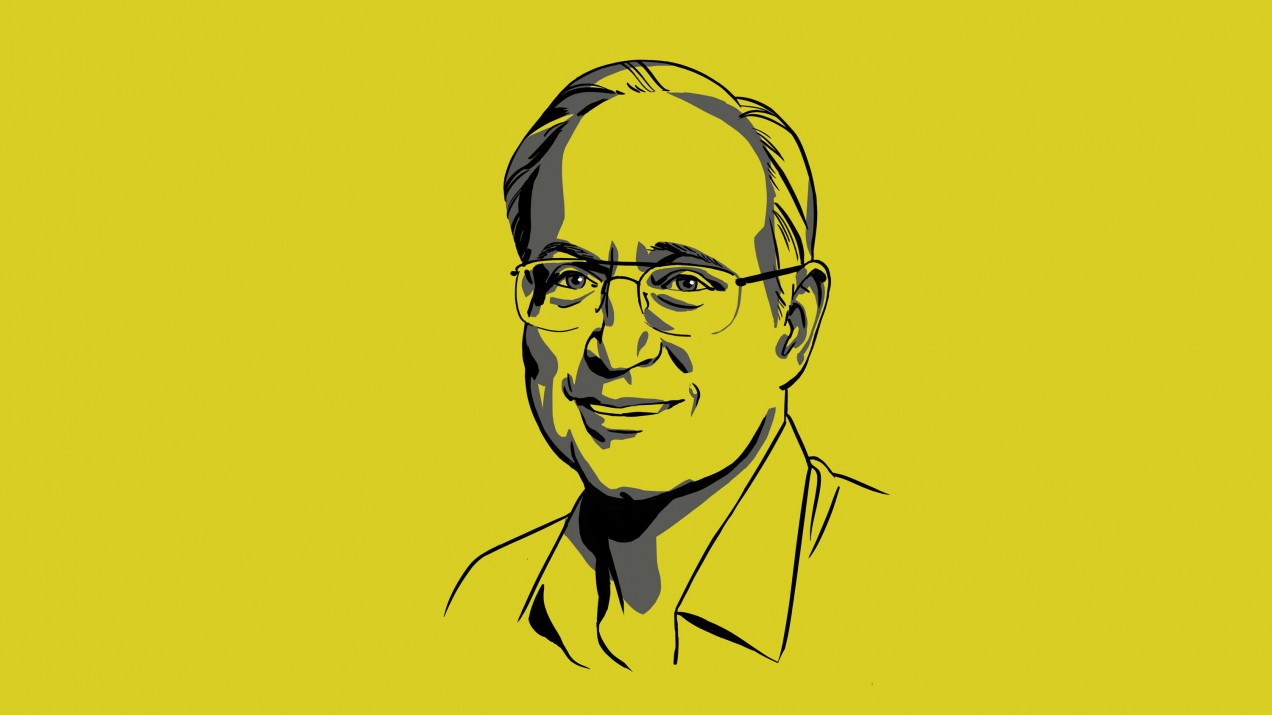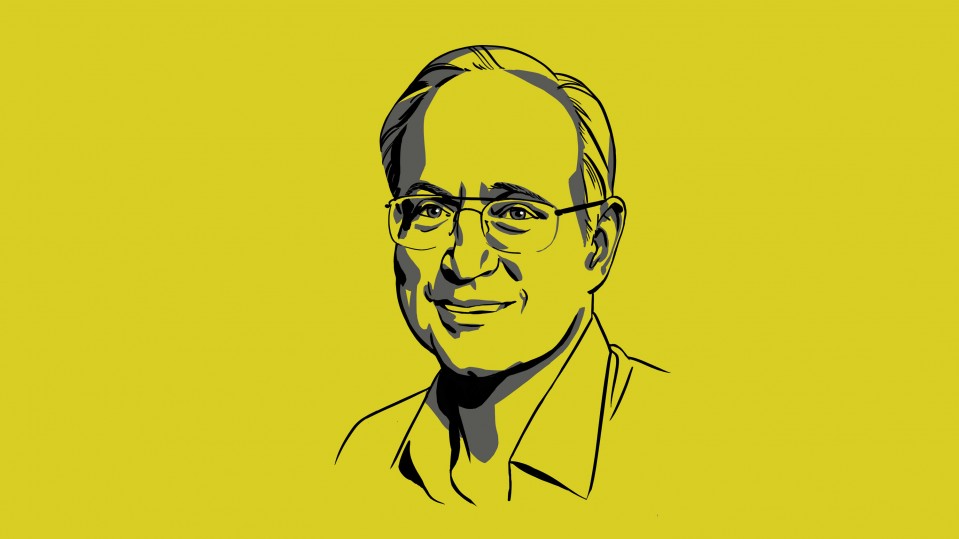

Butler Lampson
The man who helped user in the PC era

At the 1964 Fall Joint Computer Conference, a UC Berkeley physics student named Butler Lampson received a tip: find the unmarked door in Cory Hall. Behind it, he saw Peter Deutsch, an undergrad, feeding tape into an SDS 930 minicomputer that would become Project Genie—one of the world’s first computer time-sharing systems. Lampson soon ditched physics for computer science to sign on.
By 1971, Lampson and other Genie alumni had been recruited to the new Xerox Palo Alto Research Center to build the “office of the future.” Instead of having workers share a mainframe, they envisioned a “single-user machine” with software supporting basic applications. A year later, they unveiled the Alto—a personal computer for non-programmers. It used a TV for a monitor and had a keyboard, a mouse, and a graphical interface that let users click on desktop icons and menus instead of inputting text commands.
This story is part of our September/October 2019 issue
See the rest of the issueSubscribe
Soon, they’d built the first tools for drawing and editing bitmap images and a program that let users edit and format text without having to code--—the first what-you-see-is-what-you-get (WYSIWYG) text editor. An operating system designed by Lampson coordinated communication between the PC’s software and hardware, which included a newly invented laser printer, while a local area network called “Ethernet” (conceived by Bob Metcalfe ’68) connected Altos to each other.
Lampson was honored with the Turing Award in 1992 for his role in the development of the PC. Having also collaborated on foundational papers in distributed systems security architecture, he’s now an adjunct professor at CSAIL, where he ponders the possible impacts of the automation revolution (no one really knows what they’ll be, he says) and thinks about cybersecurity questions like how to keep internet--connected devices from getting hacked. “It’s a more exciting time to be in the field than it used to be,” he says.